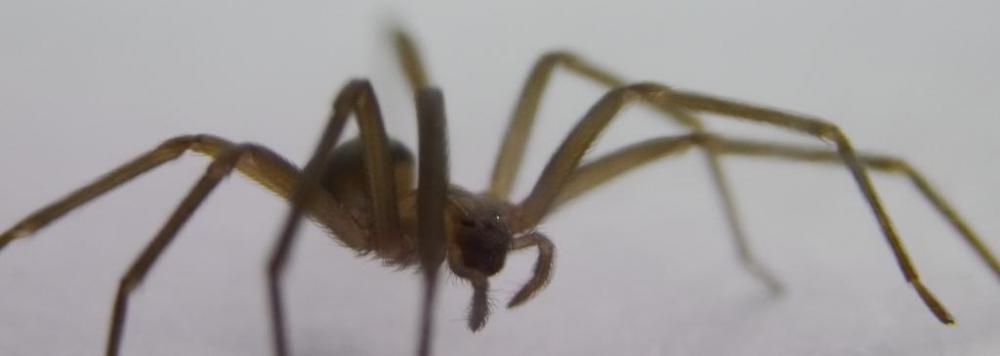At TheHealthBoard, we're committed to delivering accurate, trustworthy information. Our expert-authored content is rigorously fact-checked and sourced from credible authorities. Discover how we uphold the highest standards in providing you with reliable knowledge.
What is an Eschar?
Eschar is an area of dead tissue on the skin. Often called a black wound, the scab may appear black with a thick collection of dry tissue. This tissue is often necrotic, or created as a result of the early death of otherwise healthy skin cells. This condition can be related to burn injuries, spider bites, and gangrene. Ulcers and fungal infections can also lead to this.
When skin cells die as a result of an infection or poisonous bite, cellular necrosis begins. This can also be linked to lack of oxygen being delivered to an area of the body, which is often the cause of limb necrosis in diabetic patients. As the skin cells die, a scab is formed in the area of cell death. This scab is the beginning of eschar. In the case of gangrene, a small injury or break in the skin may be all that is needed for the eschar to form.

Arachnogenic necrosis can also lead to eschar. Arachnogenic necrosis refers to the effect of spider bite venom on the skin. In the United States, the brown recluse spider is the only verified species with neurotic venom. The hobo spider, sac spider, and brown recluse spider remain under suspicion without medical proof that they carry cell damaging venom.

The Chilean recluse spider, however, has been proven to cause skin neurosis. This species is found in South America. When the spider venom enters the skin, the cells immediate begin to die around the bite. As the venom spreads, the wound will also spread and cause a large scab to form.
An eschar may be treated in one of three ways. If there is no infection associated with the scabbing, the area will often be allowed to slough off the skin naturally. If potential infection is an issue, or if the immune system of the patient is compromised, a surgical removal of the dead tissue may be performed. This procedure is called debridement.

Lack of circulation to an area can be both a cause and effect of necrotic scabbing. As the skin tightens and the affected area grows, the circulation to the area around the wound may be compromised. If the area of the wound does not have sufficient blood flow, doctors may order a escharotomy. This procedure involves making an incision into the eschar to relieve the internal pressure from the wound. This small incision will often stretch dramatically, exposing the fatty tissue underneath.
AS FEATURED ON:
AS FEATURED ON:














Discussion Comments
Is it possible to get the formation of black eschar from surgery?
@starrynight - Just be glad you don't live near the Chilean recluse spider. Not only does its bite cause necrosis but the necrosis also continues to spread.
Honestly there are a lot of things in life to be afraid of and getting bitten by a brown recluse doesn't sound that likely. I think I would be more afraid of this happening because of a burn or something.
I am petrified of spiders and this article did not help! I also actually live in an area where there are brown recluse spiders too.
However I am relieved to know that sometimes this problem takes care of itself. That being said I would guess that the likelihood of an infection occurring around necrotic tissue is probably pretty high.
Post your comments